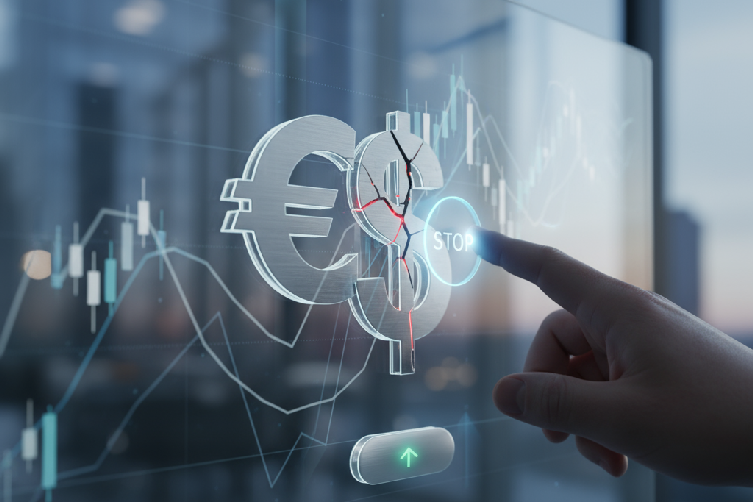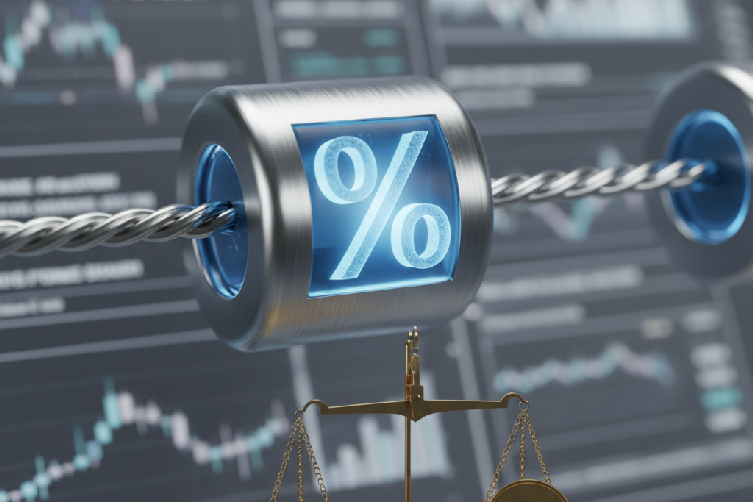
Mastering the Trend-Following Strategy
A trend-following strategy is a classic trading approach built on a simple idea: identifying and riding sustained price movements, known as trends. By aligning your trades with the market’s dominant direction, you can aim to boost profits while managing risk. This method is popular with traders for its straightforward logic and proven success across different markets like stocks, forex, crypto, and commodities.
Whether you’re working with a forex trading broker or on your own, this strategy helps you make decisions based on clear market direction. In this guide, we’ll break down how trend-following works, the essential indicators for spotting trends, and how to apply it. You’ll also learn about crucial risk management techniques and popular strategies that traders use to succeed.
How Trend-Following Works
The core of a trend-following strategy is to identify the market’s direction and trade along with it. A market typically moves in one of three ways:
- Uptrend: Prices are consistently making higher highs and higher lows.
- Downtrend: Prices are consistently making lower highs and lower lows.
- Sideways/Range-bound: Prices are moving within a specific range with no clear upward or downward momentum.
- Simplicity: It relies on market direction, which can simplify your decision-making process.
- Less Market Noise: By focusing on the bigger picture, you can ignore minor, short-term price swings.
- Profit Maximization: Staying with a strong trend allows you to capture significant price movements.
- Late Entries and Exits: You might enter a trend after it has already begun and exit after it has peaked.
- False Signals: Abrupt market reversals or periods of high volatility can trigger false signals, leading to losses if not managed properly.
- Simple Moving Average (SMA): This calculates the average price over a set number of periods, like the last 50 days.
- Exponential Moving Average (EMA): This gives more weight to recent prices, making it more responsive to new market movements.
- Uptrend Line: Connects the lows in an upward-trending market.
- Downtrend Line: Connects the highs in a downward-trending market.
- Relative Strength Index (RSI): Measures the speed and change of price movements, indicating overbought (above 70) or oversold (below 30) conditions.
- MACD (Moving Average Convergence Divergence): Shows the relationship between two moving averages and can signal trend changes with its crossovers.
- Stochastic Oscillator: Compares a closing price to its price range over a period, helping to identify potential trend reversals.
- Candlestick Patterns: Formations like the bullish “Three White Soldiers” or the bearish “Three Black Crows” offer visual cues about market sentiment.
- Continuation and Reversal Patterns: Chart patterns like head and shoulders, flags, and pennants can signal whether a trend is likely to continue or reverse.
Trend-following traders focus on spotting these trends early and riding them until the momentum begins to fade. The philosophy is that a trend in motion is more likely to continue than to reverse, giving you a statistical edge.
Advantages of Trend-Following
Disadvantages of Trend-Following

Key Indicators Used in Trend-Following
To effectively follow trends, traders use technical indicators to confirm market direction and strength. Here are some of the most popular tools for the job.
Moving Averages (MAs)
Moving Averages are a go-to tool for trend-followers. They smooth out price action over a specific period, making it much easier to identify the underlying trend.
Traders often watch for key moving average signals, such as the Golden Cross (a bullish signal where a short-term MA like the 50-day crosses above a long-term MA like the 200-day) and the Death Cross (a bearish signal where the short-term MA crosses below the long-term MA).
Trend Lines
Trend lines are simple yet powerful tools. By drawing a straight line connecting a series of price points, you can visually map out a trend.
These lines often act as dynamic support and resistance levels, giving you clues about potential entry, exit, or trend reversal points.
Momentum Indicators
Momentum indicators help you gauge the strength of a trend. They are best used with other indicators like moving averages.
Chart Patterns
Experienced traders also use chart patterns to recognize trends and anticipate future price action.
Implementing the Trend-Following Strategy: Step-by-Step Guide
Putting a trend-following strategy into practice successfully requires a methodical and disciplined approach. To get started, you need to combine the indicators and patterns discussed above into a cohesive plan. A structured approach involves defining your entry and exit rules, setting stop-loss orders to manage risk, and determining which markets and timeframes you will focus on. By creating a clear trading plan and sticking to it, you can navigate different market conditions with confidence.

















